Duration of engagment
Medium-Long (2-5 years; 2 years is the shortest duration for a multi-stakeholder partnership to show concrete results)
Cost
Multi-stakeholder platforms tend to require annual budgets in the $100-200K range
($)
Organization costs (e.g. travel, venue booking)
($$)
Third party to facilitate multi-stakeholder discussions
($$$)
Institution costs (e.g. staff, action plan implementation, data collection)
In the real world
Underwriting multi-stakeholder governance
A group of companies and foundations have provided funds that support the Coalition for Sustainable Livelihoods (CSL) initiative in Aceh and in North Sumatra, Indonesia. Funding has gone toward high-level coordination of the initiative, convening multi-stakeholder workshops that shape the direction of the initiative, and coordination of working groups that are building out the initiative’s components. Funding, technical support and guidance have come from Barry Callebaut, Mars Wrigley Confectionary, Mondelēz International, PepsiCo, Unilever, Walmart Foundation, Conservation International, Earthworm Foundation, IDH, The Livelihoods Fund, UNDP, and the Global Environment Facility. Corporate funding and technical support also underwrite some regency-level L/JIs convened within the provinces under the CSL umbrella. This helps Aceh Tamiang and Southern Aceh carry out landscape-level diagnoses of deforestation drivers, develop community alternative livelihoods, and build capacity for palm oil mills and plantations to implement NDPE commitments.
Funding implementation of a jurisdictional action plan
Several companies have committed financial support for Sabah, Malaysia’s Jurisdictional Certification Steering Committee (JCSC)– the multi-stakeholder body charged with achieving the state’s certification and forest conservation goals – and/or activities it oversees. HSBC funds enabled district-level HCV mapping and land use planning as a first step toward scaling these efforts state-wide. Unilever funds enable the JCSC’s secretariat to more effectively carry out its work streams. Several other companies are funding a conservation assurance index – to be developed by local government and research institutions – that will monitor progress toward the state’s goals each year by providing reliable and objective information about governance, environmental health, sustainable production, and social development.
Tea companies support landscape-scale conservation initiative
Unilever Tea and Finlays have committed annual funding to support an IDH initiative to conserve a highly threatened part of the Mau Forests Complex in southeastern Kenya, by providing economic benefit to local communities. The corporate funds, augmented by the Kenya Tea Development Agency and the Safaricom Foundation, help implement the initiative’s action agenda to plant more natives trees across a 250 ha landscape, intensify livestock grazing, and carry out surveillance against illegal activities impacting the forest.
Key points for companies

Engage with the government or other entity leading the L/JI to understand the specific funding needs. The kind and costs of these needs will depend on the initiative’s maturity, from outreach or convening efforts in early stages, to building consensus or developing strategies and action plans around a shared vision during middle phases, to operating expenses, hiring secretariat staff, implementing plans, monitoring data, or tracking progress as the initiative matures.
- Request a budget to better determine which categories of activity in the initiative need how much money and what other sources of funding are currently or potentially available.
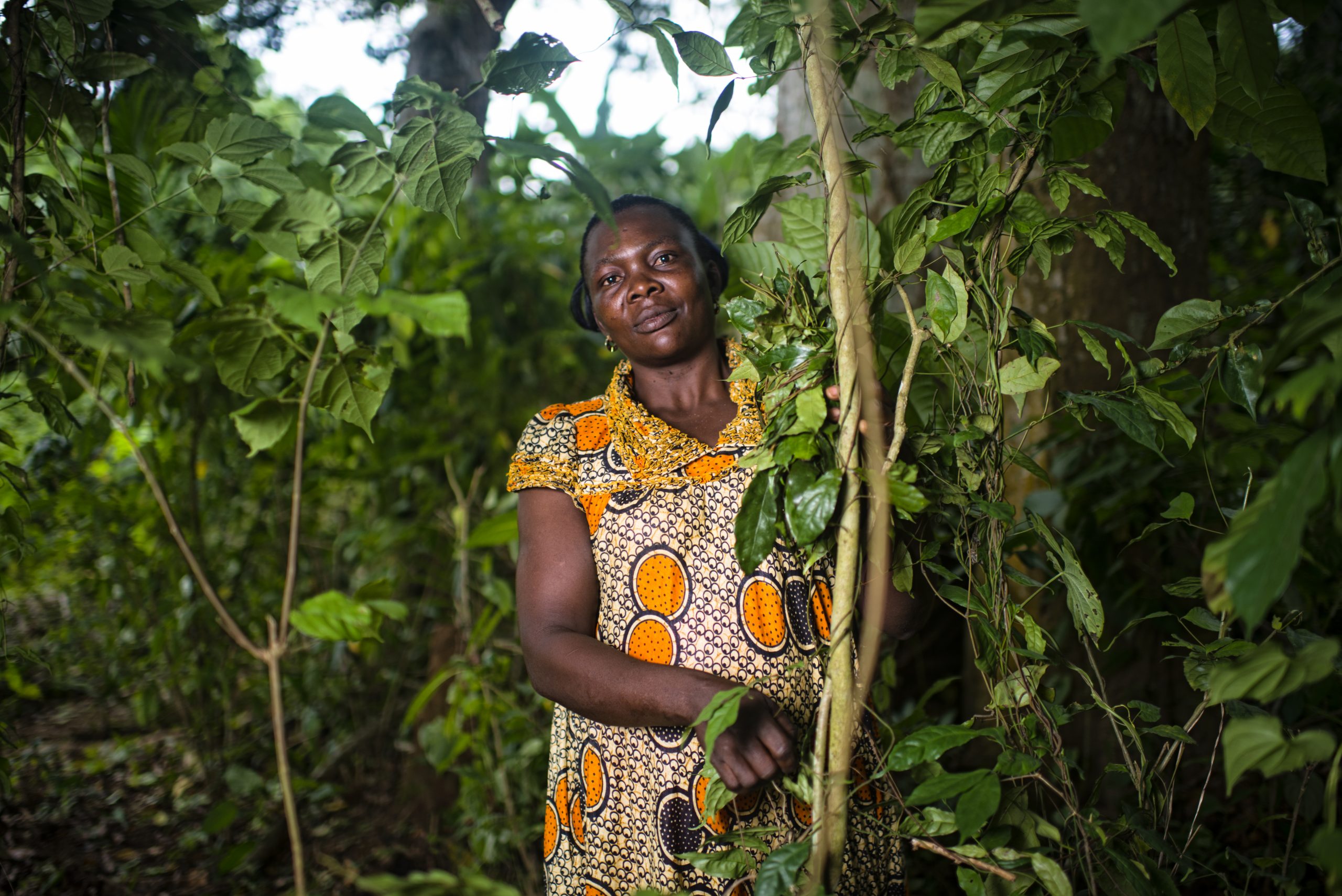
Determine whether to provide unrestricted funds which the initiative allocates as needed, or funds for specific activities. Unrestricted funds help buffer unforeseen costs that can often arise and shift immediate priorities.

Hold initiative leads accountable to ensure funding is having the desired impact. Ask periodic progress reports (e.g. semi-annual) on how the money is spent, measured against the goals to which company finances are contributing. Review reports with an eye toward effectiveness and suggest to the initiative lead how they could improve.
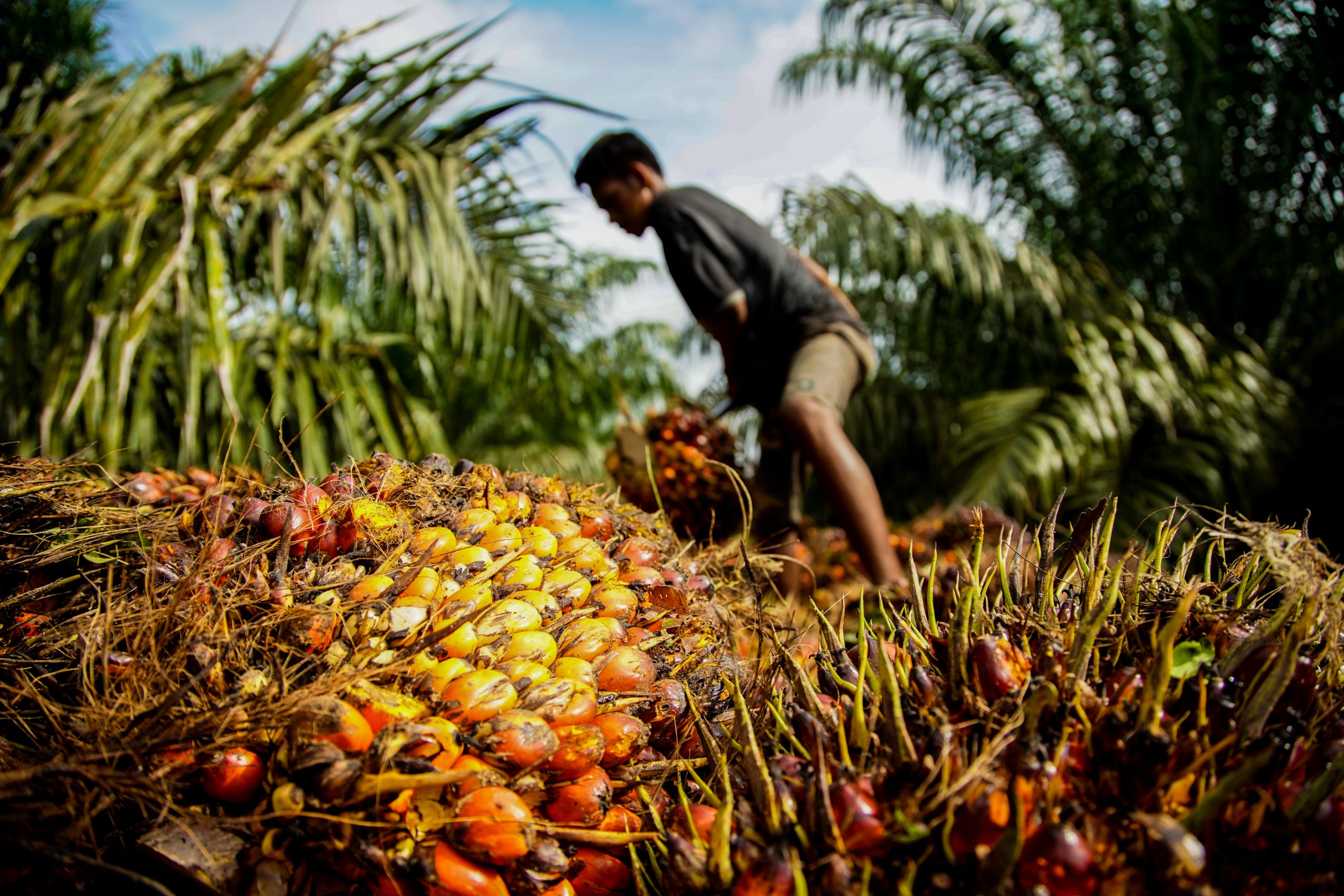
Rather than go it alone, an individual business can better provide a portion of the funds, then seek complementary monetary or in-kind contributions from other companies, government agencies, large conservation NGOs, etc. Joint funding avoids any perception of disproportionate influence by any one entity and ensures that other stakeholders have “skin in the game” for the success of the initiative.
- If one or more companies provide early funding for an L/JI and are joined by other companies later on, all parties should agree on how the newcomers can equitably support later-stage needs so that they feel properly invested in the initiative’s success.
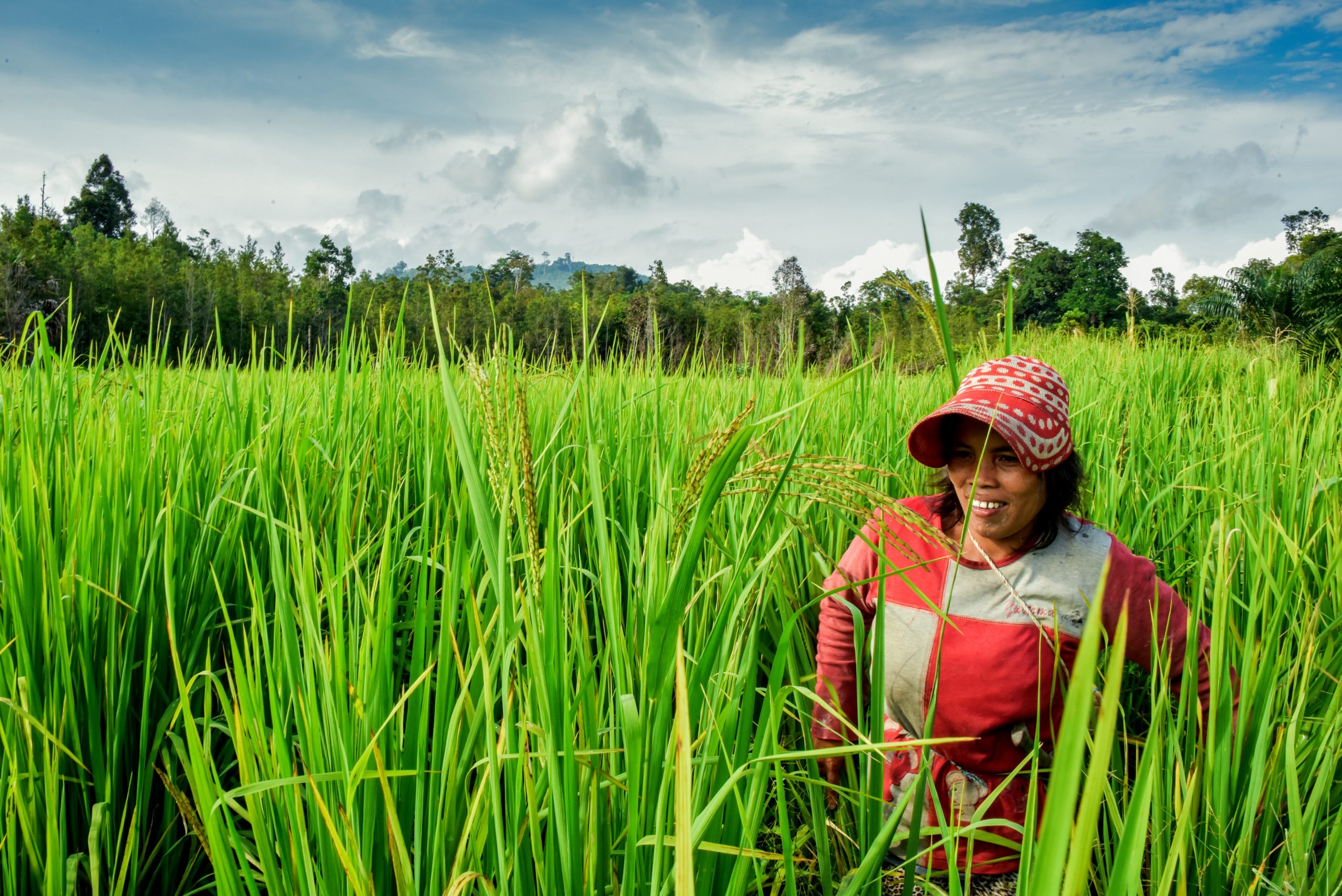
As the L/JI shifts from planning to implementation, the scale of funding required is likely to increase by orders of magnitude (10-100), depending on how ambitious and cross-sectoral the targets and activities are. At this stage, company support still matters, but it should identify other and more sustainable sources of financing so the initiative can achieve its landscape/jurisdictional goals. See also “Enhance sustainability-pegged financial flows”, “Help develop carbon offset programs”.
External conditions that improve likelihood of success
- There is adequate financial planning, management, and reporting capacity of the institution leading the landscape/jurisdictional initiative.
- Time frames for funding are consistent with company priorities and expectations for progress and results
- The planning phase can tap into funds from a diverse coalition of sources that includes companies, government agencies, conservation NGOs, and international donors
- There is real potential to generate additional, substantial, and sustainable funding during the implementation phase from commodity market premiums, carbon finance, and other sources
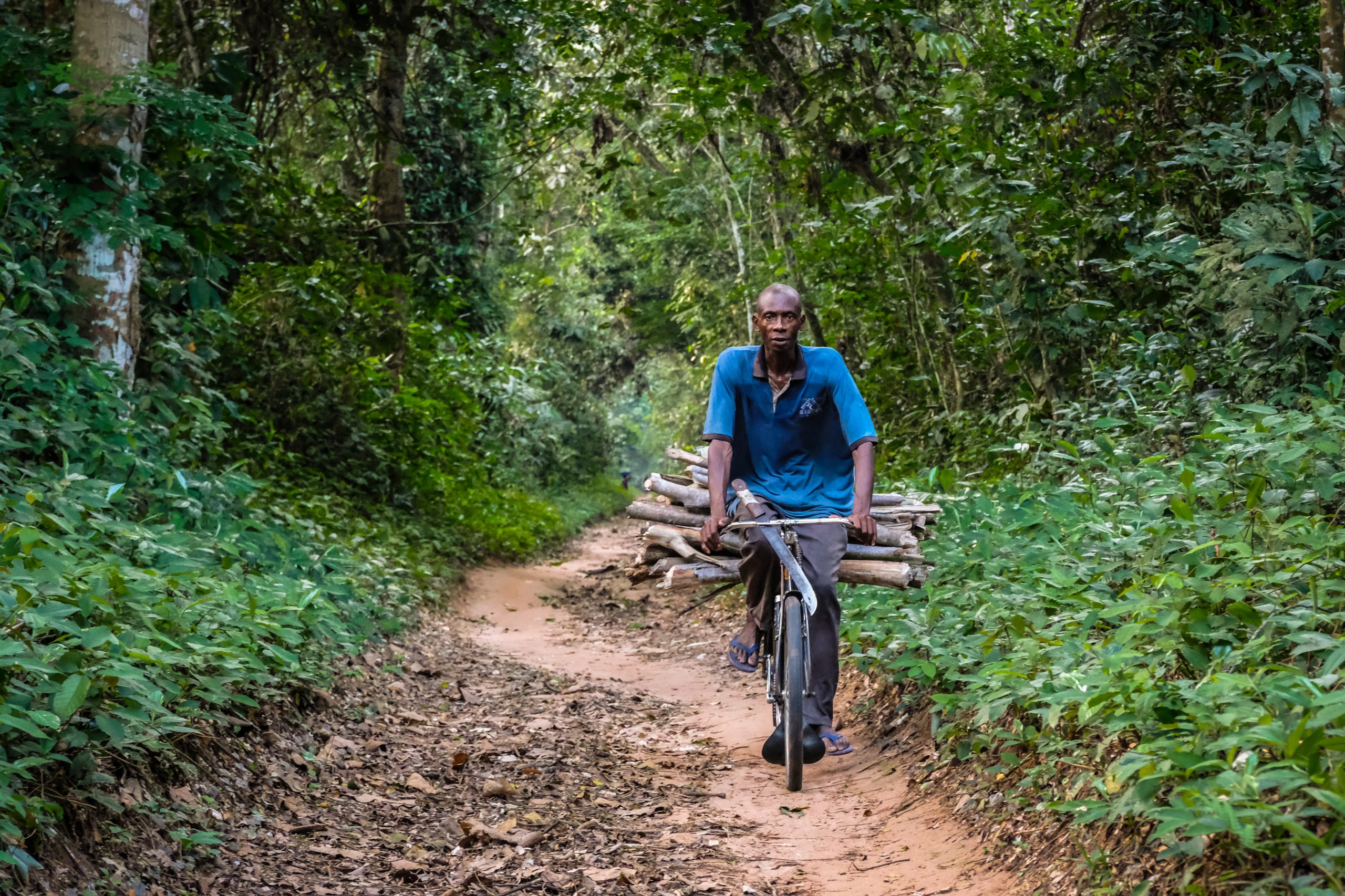
The business case for this intervention
- Ensuring a financially viable multi-stakeholder L/JI platform could multiply a company’s initial investment by leveraging 10x-100x additional funding through commodity and carbon markets.
- Companies that fund the multi-stakeholder platform lead by example and can encourage others to contribute.
- By highlighting its L/JI commitment, a company can increase brand value and enhance its social license to operate.
- Financial support can improve relationships with other L/JI stakeholders and clarify synergies between government priorities and private interests.
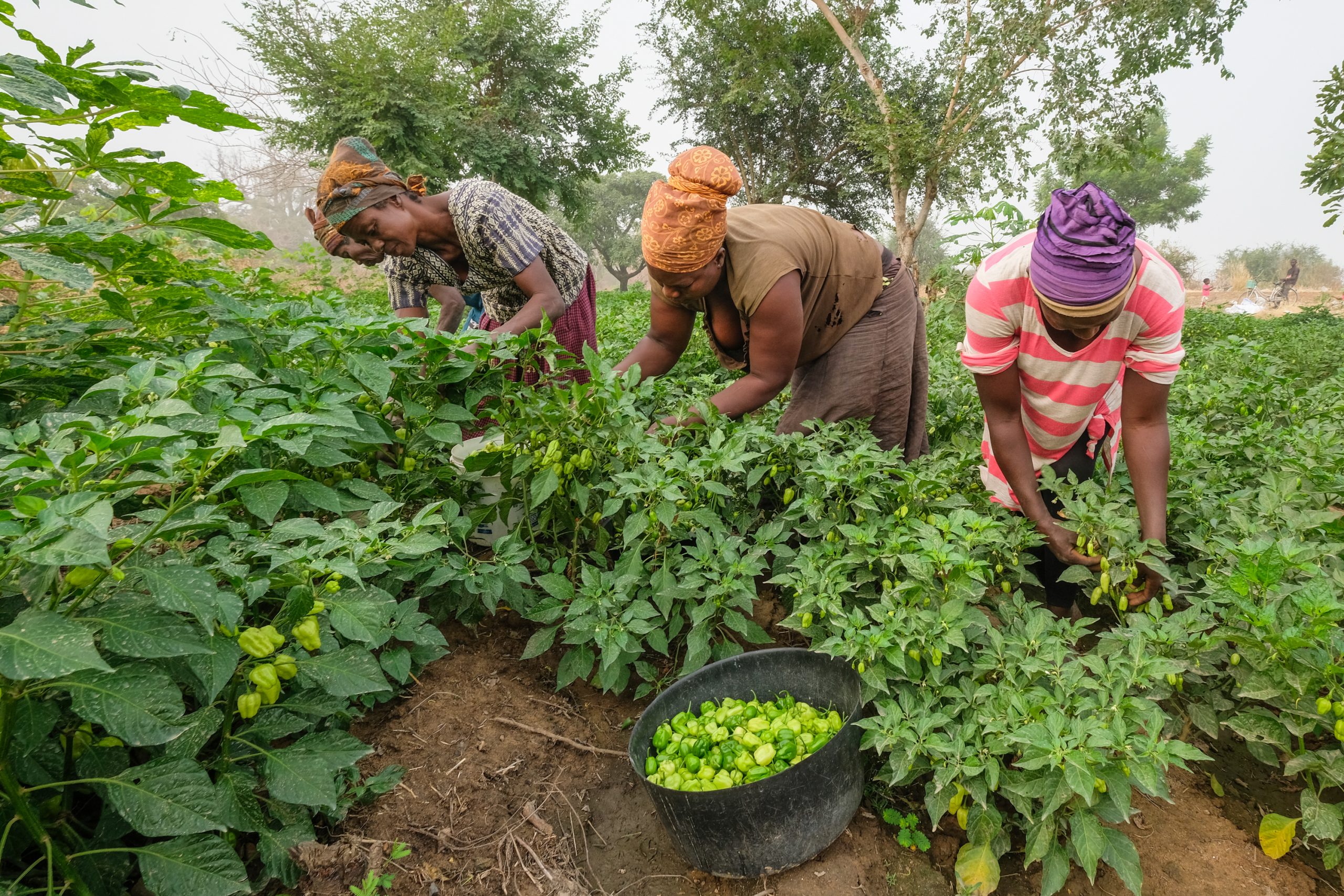
Duration of engagment
Short (6-12 months per capacity building intervention)
Cost
(No cost)
Advocacy on behalf of community representatives at meetings
($)
Support for community representatives to participate in meetings
($)
Costs of capacity building for community representatives and constituencies
($$)
Costs of community capacity baseline assessment
($$)
Incentives/compensation for the communities
In the real world
Motivating forest conservation through secure land tenure
Golden Agri-Resources (GAR), a large oil palm plantation operator, worked with stakeholders in Kapuas Hulu district in West Kalimantan, Indonesia to develop a land use plan that clearly delineates areas for conservation, livelihood activities, and development. The plan grew out of a critical independent review when the company’s earlier conservation efforts, carried out with unsatisfactory community engagement, sparked resistance by locals who considered ecological set-asides to be land grabs. This time, GAR tested a Participative Conservation Planning tool that incorporated community views into the plan by combining conservation mapping with participatory village mapping. The plan was ultimately approved by local government. During its negotiations with the government to get this plan approved, GAR worked to ensure that participating local communities receive land tenure security and access to loans from a state infrastructure fund.
Governing cocoa production from below
To advance sustainable cocoa production landscapes in Ghana, Touton formed a consortium with Ghana’s Forestry Commission, Tropenbos, and the Nature Conservation Research Centre (NCRC), leveraging these partners’ experience mobilizing communities and strengthening community-based natural resource governance. The consortium worked with local communities and their leaders to build governance structures on the Community Resource Management Area (CREMA) approach. CREMA strengthens existing community structures by developing landscape management plans, governance boards, and constitutions governing the landscapes. The overall effort connected communities with local government administrations to directly influence and tap into development plans for the entire jurisdiction.
Key points for companies
What companies do will depend on communities’ existing capacities. First, assess these capacities, and gaps, to understand what prevents more active community engagement in multi-stakeholder processes. Then consider the following range of actions, seeking effective and representative participation especially of women given their role in ensuring that development efforts endure:
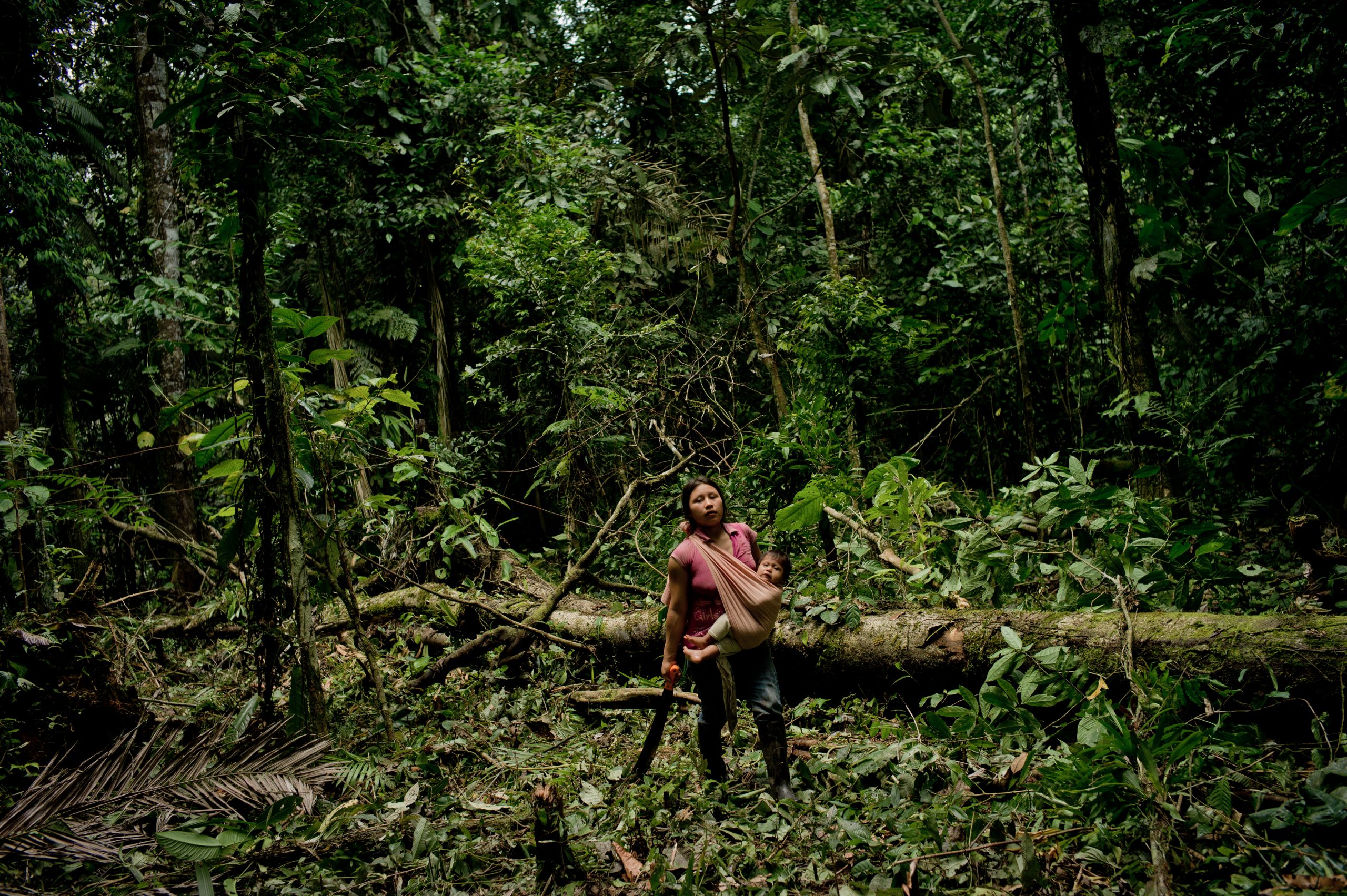
Clearly articulate the value of community participation. Local communities may be discouraged or fatigued by years of promises from governments or companies that failed to generate tangible benefits. Provide clear incentives, status, and income opportunities to secure early and ongoing participation. Don’t over-promise, and be explicit about who would benefit (all members indirectly, or only those directly engaged). Clarify as well what the benefits will be (e.g. tenure security, higher crop yields or prices, improved genetic material, value-added processing, access to finance) and what participants must do, or risk, to earn them.
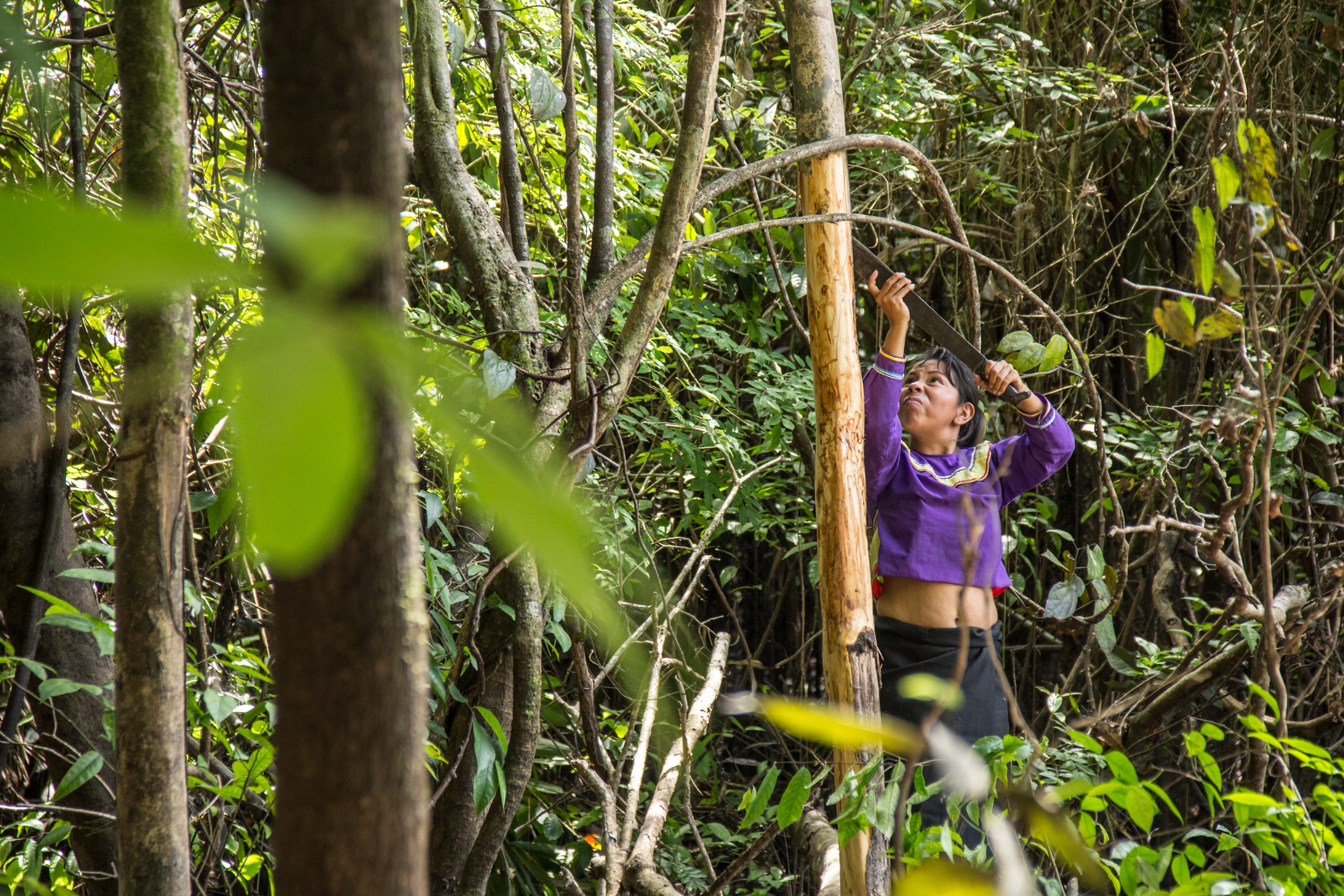
Organize communities for effective representation. Communities may be represented by legitimate and effective leadership through traditional local government and/or through women, youth, farmers, or small businesses constituencies. But they may also be marginalized. Rather than direct or engage deeply in an effort to enfranchise communities – with which companies may have competing or conflicting interests — companies can support their empowerment process by funding an independent third party to support community dialogue and organizing.
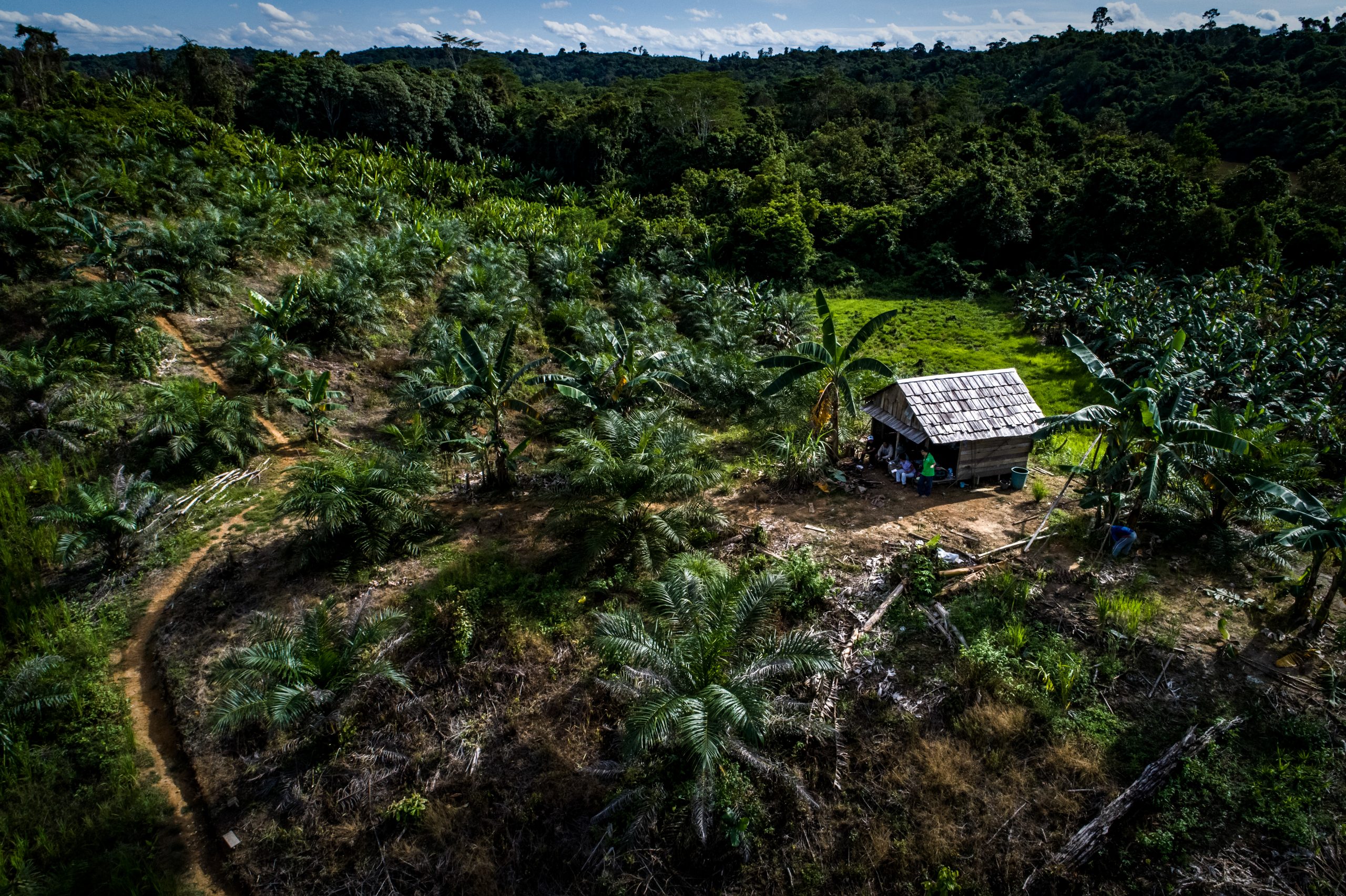
Build capacity for effective representation, consultation, decision making, and governance. Community representatives may need help understanding the roles, rules, tools, and steps in the landscape/jurisdictional planning process. Likewise, community members may need support to know what’s at stake and how to speak through and guide their representatives. A company could fund capacity building and/or provide seasoned staff to help enhance knowledge and skills.
- Capacity building is rarely a once-off. It is needed from the outset through planning and implementation, as new kinds of information, opportunities, and activities arise. Some opportunities and choices will present trade-offs within or between groups and require community dialogue to inform a response.
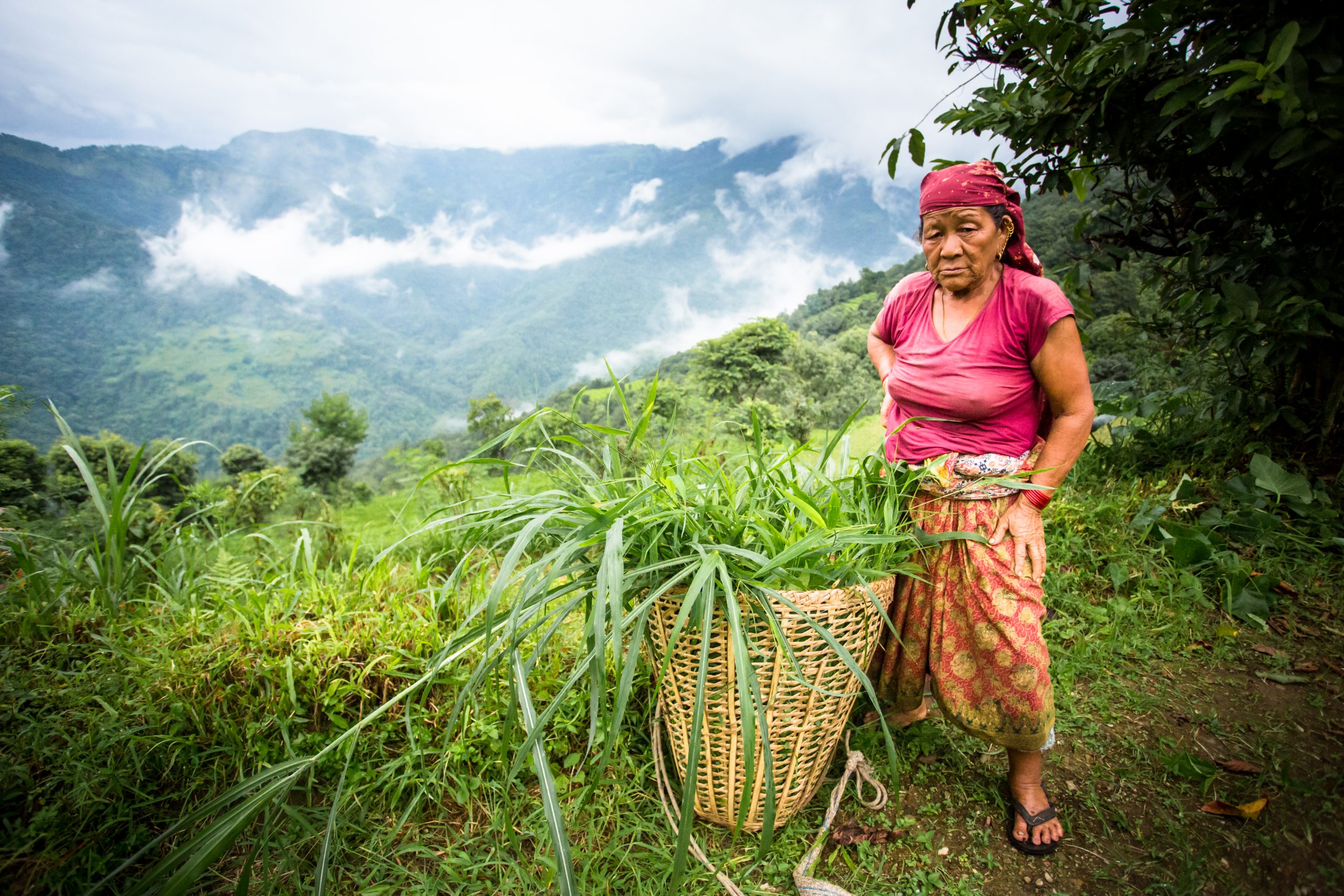
Disseminate landscape/jurisdictional information to communities. Provide regular information, in local languages, via trusted local media, about meetings with, topics in, and opportunities to engage with the multi-stakeholder body advancing an L/JI. When government policies change, companies can leverage these communication channels to raise awareness with communities about what is happening, and why it matters.
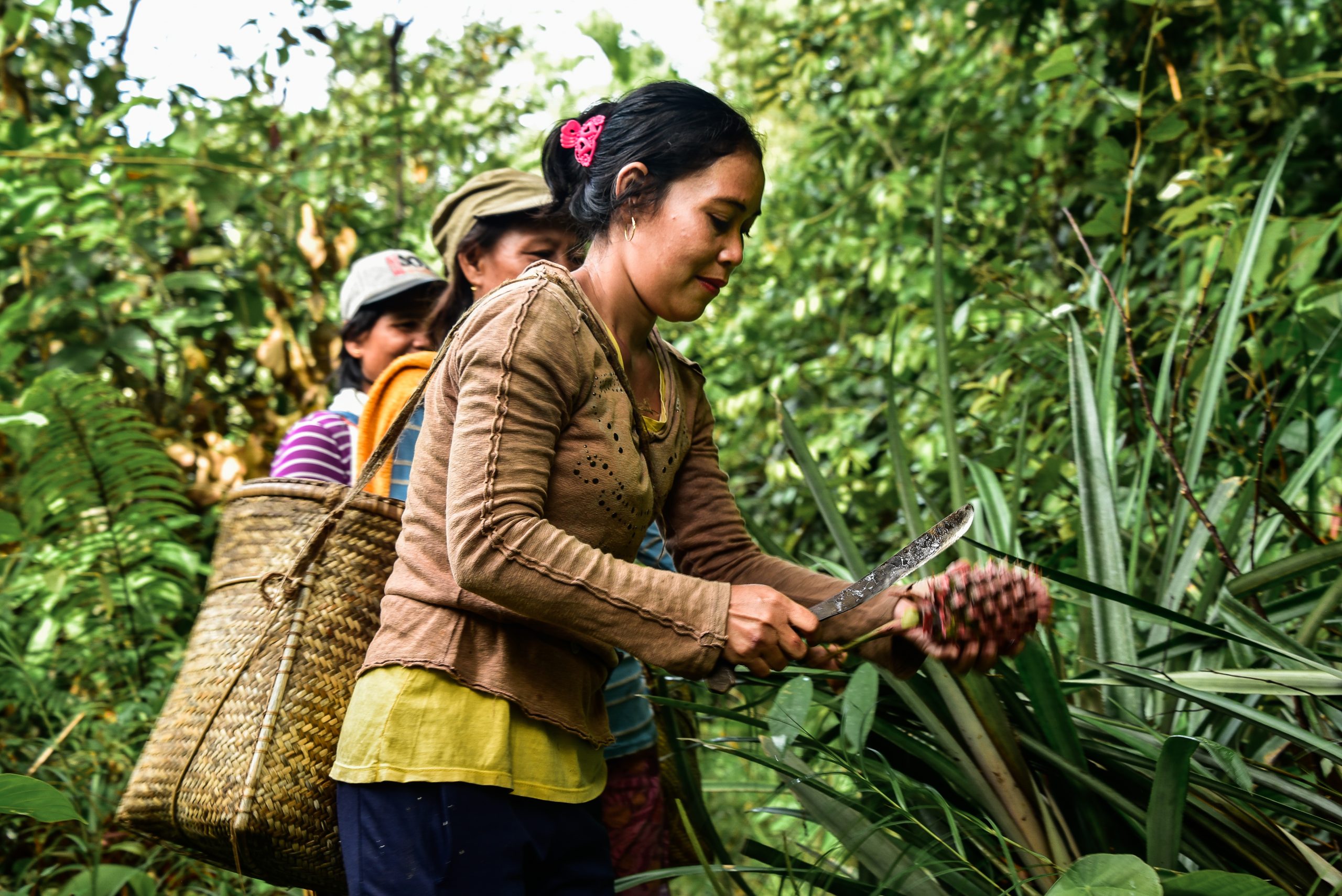
Help community representatives participate in the multi-stakeholder process. A company can offer financial support, compensating the most vulnerable community members (e.g. women, tribal or ethnic minorities) for any time away from their job or family that they invest in the landscape/jurisdictional process. It can also pay for live or written translation, to overcome language barriers to participation.
- Once in attendance, previously marginalized community representatives may often also need encouragement to speak openly and often. Companies can help create space in meetings for active participation by reserving them special time to voice their opinions, then ensure that what they say is respected. To that end, one helpful guide can be found in Tools and best practices for ensuring public participation in Environmental Impact Assessments.1
External conditions that improve likelihood of success
- A multi-stakeholder body represents the key actors in the landscape/jurisdiction
- Community organizations exist, and represent the interests of marginalized groups
- Communities see pre-identified and clearly communicated incentives to engage in the process
- Facilitators trained on public participation best practices are available to ensure a transparent and robust system for informed consent of vulnerable communities
- Communities and the company (or an intermediary NGO or CSO) enjoy an established and trusted relationship
- Parties have a strong understanding of socio-economic profiles of community groups and their involvement in land use issues
The business case for this intervention
- Active and effective community participation in landscape/jurisdictional planning and implementation often helps a company to achieve its stated sustainability/sourcing goals and targets.
- Catalyzing community participation in a multi-stakeholder process increases the likelihood that the solutions it advances will receive community buy-in and support, lowering risks of future conflicts.
- Direct support for community representation and participation can improve a company’s reputation and enhance its social license to operate.
- Direct engagement of communities in the multi-stakeholder process may accelerate solutions for land ownership, access to credit, and loans in countries where land tenure is not fully developed.
1 PACT has published a number of reports on public participation in EIAs, including one for the Mekong region as part of the Mekong Partnership for the Environment: https://www.pactworld.org/library/guidelines-public-participation-eia-mekong-region.